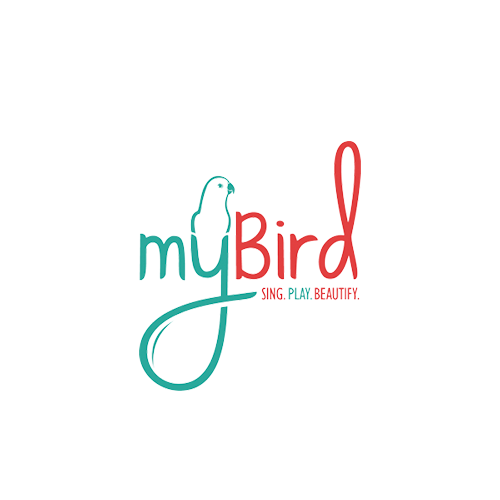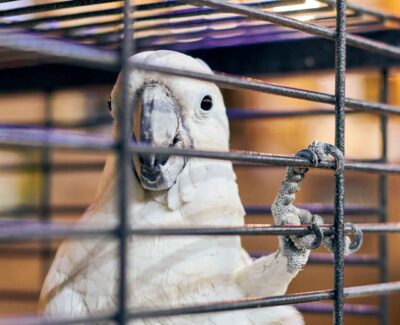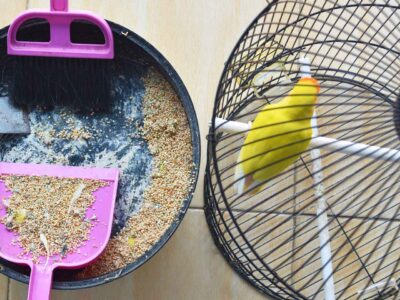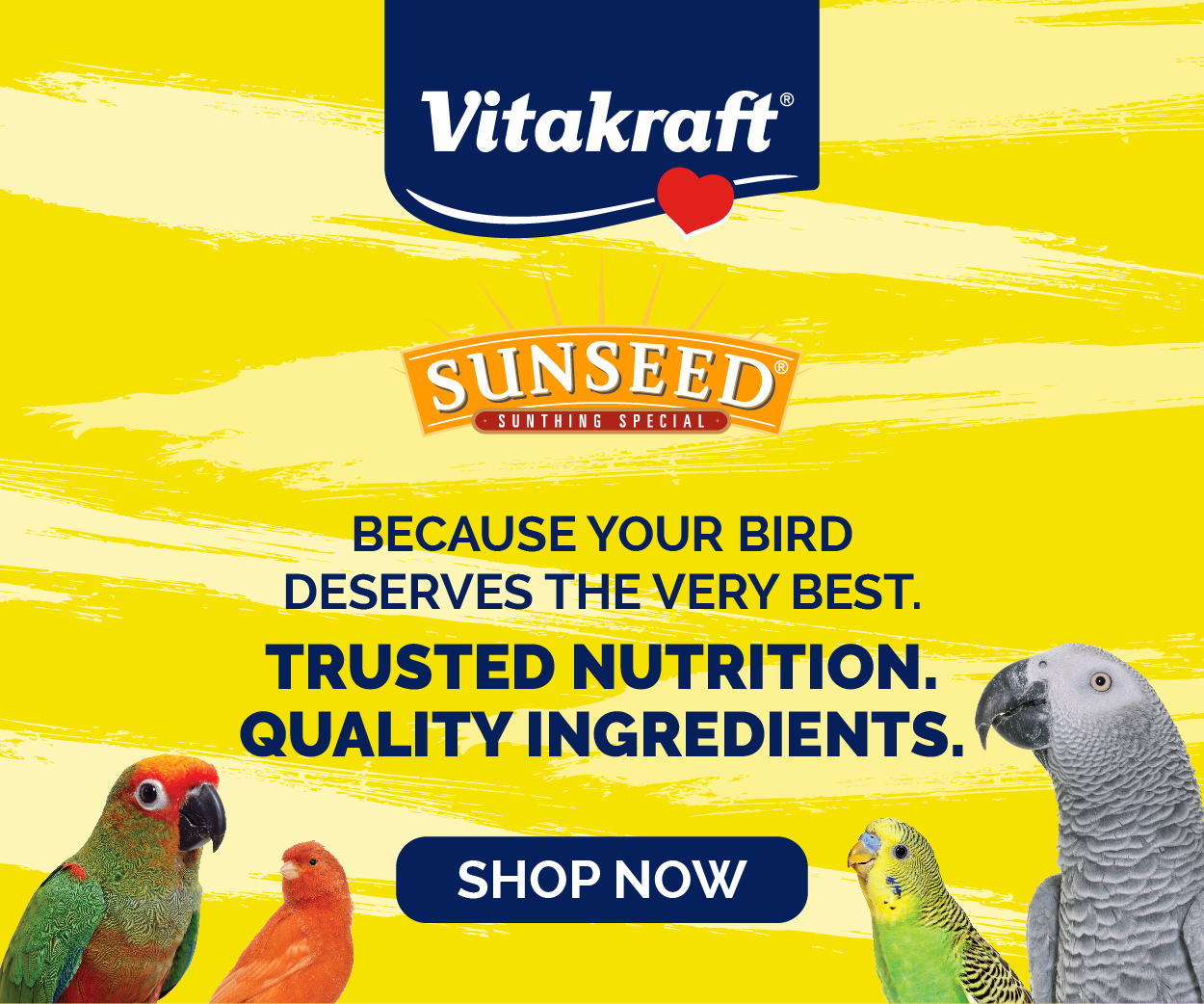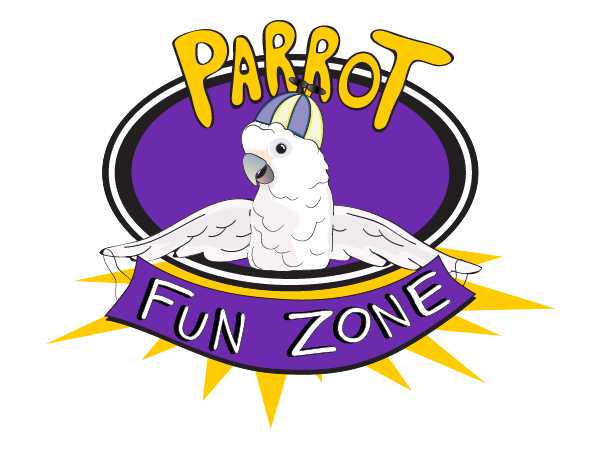
Pet Parrot Care Sheet
With their exquisite coloring, high level of intelligence, and sociable disposition, parrots are among the most popular choices for companion birds. If you have a pet parrot or are considering adding one to your household, learning how to properly care for your bird is essential for ensuring its long-term health and happiness. We’ve compiled the following guide based on information from Parrot Fun Zone to help you learn all about parrots and how to care for them.
What are Parrots?
Parrots are a diverse group of birds that include many different species and can vary drastically in size and color. For instance, the smallest type of parrot is the 3-4-inch-tall Buff-Faced Pygmy Parrot of New Guinea, while the largest, the Hyacinth Macaw of South America, can grow up to 40 inches tall.
Some of the most popular pet parrot species include African Grey Parrots, budgies (also called parakeets), cockatiels, cockatoos, conures, lovebirds, and macaws. There are several different subspecies within these types.
Caring for a Pet Parrot
As with any other type of bird, caring for a pet parrot is a major commitment that requires understanding of your pet’s unique needs, behaviors, and instincts. From scheduling sufficient play time for your parrot to ensuring that they receive care from a trained avian veterinarian as needed, there is far more involved in caring for a pet parrot than simply housing and feeding them. Although it’s a big responsibility, your reward will be a long, fulfilling relationship with a happy, healthy, and beautiful bird.
The Pet Parrot Diet
In the wild, parrots have a varied diet that may include fruit, vegetables, nuts, seeds, grains, sprouts, insects, flowers, and pollen. While commercial diets—including bird seed mixes, pelleted foods, and ready-to-cook meals—aim to replicate this variety, a single product cannot fulfill 100% of a parrot’s nutritional needs. Therefore, it’s important to offer your bird a vast assortment of nutritious food choices. For instance, a healthy diet for a pet parrot may include:
- Specially formulated pet bird diets. These should always be available in your parrot’s cage and should account for approximately 60-80% of their diet. Consult with a reputable avian retailer or your avian vet for more information.
- Veggies and greens. While fresh vegetables and greens are preferable, thawed frozen options can be used as a substitute. Some of the most nutritious veggies include spinach, carrots, peas, sweet potatoes, and collard, mustard, or turnip greens. These items should be about 15-20% of your bird’s diet.
- While fruit contains important nutrients, it is also high in sugar, so should account for only about 5% of a parrot’s diet. Parrots tend to love apples, bananas, berries, grapes, papaya, and melon in particular.
- Offering your bird protein-rich foods such as beans and fully cooked eggs can help support muscle growth, as well as the health of their feathers, beaks, and internal organs.
- Seeds, which shouldn’t account for more than 10% of your bird’s diet.
- Just like humans, parrots love the occasional tasty treat. Opt for healthy items like unsalted nuts, and be sure that treats account for no more than 5% of your bird’s diet. Small birds tend to prefer finely chopped nuts, while their larger counterparts may enjoy cracking the shells themselves.
While this is a general overview of the building blocks of a parrot’s diet, it’s important to research what is best for your particular type of bird. In addition, be sure to never feed your bird the following foods, which are toxic for them:
- Avocado
- Tomato
- Mushrooms
- Celery
- Dried beans
- Onions and garlic
- Chocolate
Pet Parrot Hygiene
Another important step in keeping your parrot happy and healthy is maintaining the cleanliness of their environment, as well as staying on top of their “personal” bird hygiene. In the wild, parrots always have access to fresh food and clean drinking water and typically don’t live in close proximity to their droppings. As pets, on the other hand, they rely on their owners to help them stay clean. Here are some important steps to follow:
- Regularly clean your bird’s cage, dishes, perches, and toys using bird-safe or natural cleaning products. Be sure to remove droppings, feathers, and other debris.
- Use bird-safe pest control methods to keep insects and other pests at bay. Not only are these critters a nuisance, but they can spread disease to both humans and animals.
- Provide ample opportunities for your bird to bathe. In the wild, parrots frequently bathe in tropical rains or various bodies of water. While different types of pet parrots have different preferences for bathing, it’s essential to provide means by which they can do so. For instance, your bird may enjoy wading in a shallow birdbath or a sink, getting gently sprayed with a mist, or even joining you in the shower with a non-slip perch that they can grip. Additionally, some small birds like to roll around in wet lettuce leaves or leafy green vegetables placed in the bottom of their cage—which can help them get clean and enjoy a nutritious snack at the same time!
- Keep your bird’s beak and nails trim. This can be done by providing them with both natural branch perches and a grooming perch, offering plenty of destructible toys and shelled nuts to promote chewing, and taking them to a vet or other bird professional for regular beak and nail trims.
Pet Parrot Exercise and Play
As active and inquisitive creatures, parrots need both exercise and play to keep them healthy and engaged. Here are a few tips for helping your bird get sufficient exercise:
- Provide them with a cage large enough that they can fully extend and flap their wings
- Give them toys that encourage movement, such as swings, ladders, and bungees
- Provide places where they can play outside of the cage, such as play gyms and cargo nets
- Hide treats throughout their cage to encourage exploration and movement
- Take your bird outside with a flight harness
- Purchase or build a flight aviary
- Teach your bird tricks, and play active games such as fetch or hide and seek
In addition to exercise, providing opportunities for your parrot to play is an important way to satisfy their natural instincts and prevent boredom and inactivity. Species-appropriate toys that encourage foraging, chewing, exploration, and exercise are great for promoting play. You can also play games or dance with them—which will guarantee a fun time for both you and your bird!
Feeding your parrot a nutritious, balanced diet, keeping their bodies and environments clean, and encouraging regular exercise and play are some of the most important elements of creating a healthy, happy, long life for your pet. For more information and plenty of parrot-themed fun, visit parrotfunzone.com, and check out our bird fact sheets to learn about different types of parrots and other popular pet birds!
